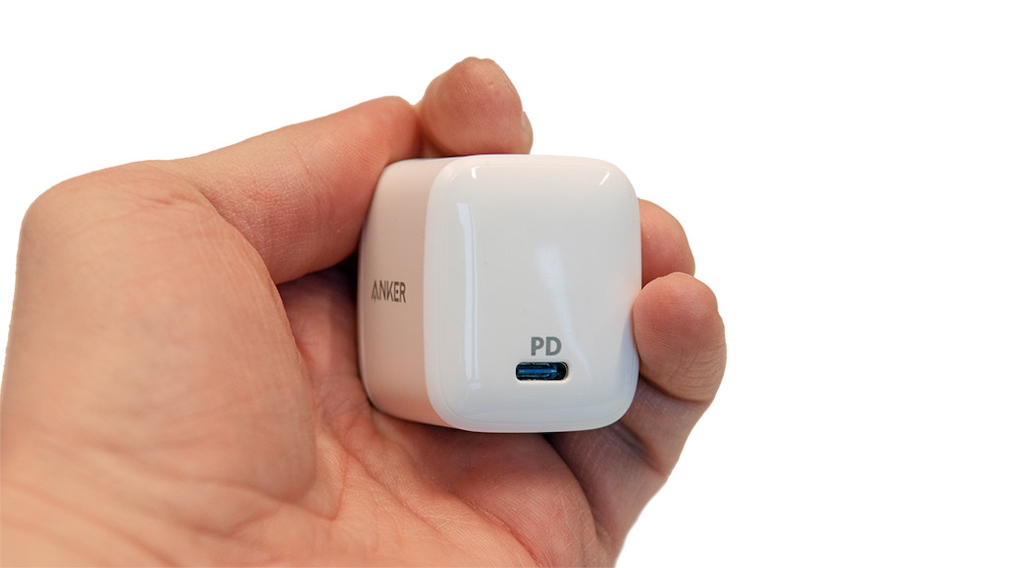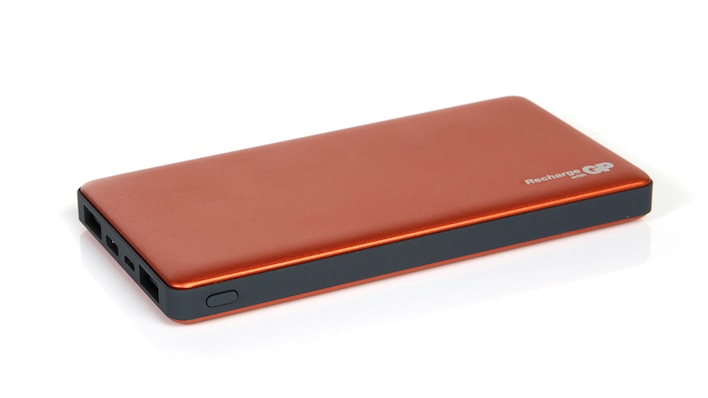The battery level slips into the red area and the nearest power socket is miles away: a real horror scenario for some. But this is by no means a reason to lose your head. A power bank can help. It supplies the power-hungry device with fresh energy everywhere. But what is important? COMPUTER BILD has tested 24 models.
Buy a power bank – with how much juice?
The selection of power banks (sometimes also called battery packs) is huge. The most important differentiating factor is the capacity of the battery, which the manufacturers in MAh Specify (mAh). The higher the capacity, the longer the power bank will last when charging devices. While weaker power banks often only provide enough power for smaller devices such as smartphones and bicycle lights, some thick energy stores even charge notebooks. But not everyone needs such a usually much larger and often more expensive muscle man. That is why COMPUTER BILD has eight power banks in each of the three most important capacity levels 5,000, 10,000 and 20,000 mAh tested.
Powerbank: tricking it with capacity
Annoying: In terms of capacity, the manufacturers do not state the amount of electricity that the battery supplies to charge the connected devices, but rather the amount of electricity that is necessary to charge the power bank. But quite a bit of this is lost – first when charging the battery pack and then again when filling the connected devices by converting the voltage: the built-in battery cells in the power banks usually work with them 3.6 volts, the connected devices with at least 5 volts. That is also the reason why a battery pack heats up during operation. In addition, the power bank’s control electronics consume some electricity. Only about half of the specified capacity can be used. With the best power bank in the test, the GP International MP10MA, it was still 55 percent of the stated capacity. With the worst, the Intenso Powerbank S10000, only 45 percent.
With older power banks, the capacity could often be recognized by the size. This no longer works with current devices. The reason: Newer models are not included Round cellsbut often with flat ones Lithium polymer batteries fitted. The extra power is particularly noticeable in terms of weight: a 5,000-meter bike usually weighs barely 140 grams, a 10,000 round 240 grams. The 20,000s bring at least 370 grams on the scales. A pleasant side effect of the new battery technology: Even the more powerful power banks are usually nice and flat (thickness: 2.1 to 2.4 centimeters) and can easily be stored in larger jacket pockets. Important: If you want to fly with a battery pack, you have to be careful with the capacity. A maximum of 100 watt hours is permitted. The decisive factor here is usually the capacity of each power bank: a 150 watt hour pack must remain on the ground, two 100 watt hour packs are allowed to fly. If the watt-hours value is missing in the technical information, the capacity should Do not exceed 20,000 milliamps (This corresponds to about 100 watt hours at 5 volts).

Even the thickest battery pack is empty at some point. How long does it take to fill up again? The testers determined this very precisely.
That’s how much power comes from USB
Conceived as a universal connection for PC accessories, USB has become an important power connection thanks to the smartphone and tablet boom. Nevertheless, not every socket is the same: Smartphones and tablets with Qualcomm chips offer, for example Quick Charge. The fast charge technology of the “USB Implementers Forum” is often used, but information on the devices is usually missing. Newer technology with higher power consumption, such as notebooks or professional cameras, often require power sources for charging via USB USB power delivery. Up to 100 watts can flow over a USB cable, but the power banks hardly use them. In the future, even up to 240 watts will be possible via power delivery – but that much juice will probably be delivered by notebook power supplies rather than power banks. Devices with USB Power Delivery are easy to recognize if they are equipped with a new Type-C USB socket and bear the PD logo. Advantage PD: The power supply always charges the USB device with the highest possible performance.
Charging when charging the power bank
Most power banks charge connected devices when they are connected to the power supply unit. Only six copies in the test cannot do that. If you choose one of the devices, it is better to take two power packs with you when you are traveling so that you can charge your smartphone and battery pack overnight in the hotel. Most power banks have charging cables for micro USB. These strips are used, among other things, to charge the battery pack. A power supply is not included in any of the test candidates. This is where the power supply of a USB device has to go. The Aukey PB-N36 Charge via Lightning cable – practical for iPhone and iPad owners.

With Power Delivery: The Anker Powerport 1 delivers up to 27 watts and charges even smaller notebooks.
Charge the power bank via USB-C
Seven power banks, including all test winners, can be Charge via USB-C. You can use it to recharge your batteries with more powerful power packs from notebooks or professional cameras. However, without speed advantage: when filling up the energy storage device, power bank users always need patience. Even with the smallest models in the 5000 series, such as the Ansmann Powerbank 5.4, it takes time two and a half houruntil the built-in battery is full again. In the larger models, the loading times are even longer and the differences clearer. Before buying, it is worth taking a look at the charging times in the respective photo series: With the 10,000 battery packs, charging takes between three and three quarters and almost six and a half hours, depending on the model, and between six and 14 hours for the 20,000 battery packs. It is getting tight to fully charge the battery pack overnight.
Check the charging status of the power bank
Power banks are often not used every day. It is therefore important to be able to quickly check how much juice is left in it. Most devices have a special button for this. Press the, light up up to four LEDs depending on the charge level on. The Realpower PB-10000C and the two Verbatim packs even show the charge level with percent accuracy. Cumbersome: The two Intenso battery packs also indicate the charge status via LED, but only when a USB device is connected.
Few accessories included
When it comes to features, power bank buyers shouldn’t expect much. A micro-USB cable and a quick start guide – that was it for most of the test candidates, only four have a bag in the package. Two copies shed some light on request: The EasyAcc Mega Charge D20 and the Verbatim Pocket Power Pack 5200 each have one flashlight built-in.

How much power does a battery pack deliver – and what is the capacity? The COMPUTER BILD test laboratory measured this precisely.
Even cheap power banks are reliable power donors, as the test winners show Aukey PB-Y17 (5,000 mAh), GP International MP10MA (10,000 mAh) and Ansmann Powerbank 20.8 Type C (20,000 mAh). Those who make slight compromises in terms of endurance and functions come with the price-performance winners Ansmann Powerbank 5.4, Ansmann Powerbank 10.8 and Revolt PB-190 even cheaper away.

